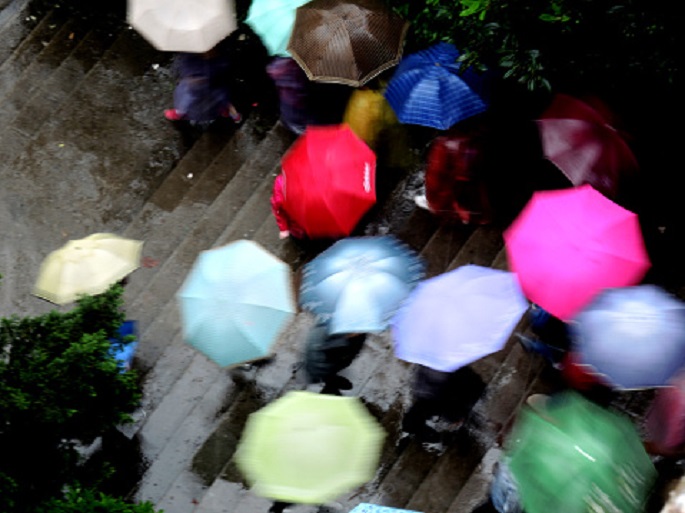The climate phenomenon known as El Nino gets the blame for the drought experienced in the northern region of the country and the heavy rains that have battered the southern areas recently, according to the Global Times.
Climate change contributed to the strength of the El Nino.
In late March, heavy rainstorms affected the provinces of Hunan, Guangdong, Guizhou and Jiangxi.
According to National Meteorological Center, the amount of rainfall received by the southern and eastern southwest parts of the country for the past 10 days was 20 percent more than they did in the previous years, reported the China Meteorological Administration on April 15.
Flood control authorities cautioned people in the south about impending flooding as heavy rainstorms could cause rivers to overflow, according to China.org.
Many air travelers also got stranded. The Shenzhen Bao'an International Airport in Guangdong Province cancelled flights on March 20 because of thunderstorms and heavy rains, resulting in “massive flight delays,” reported South China Morning Post.
If El Nino almost turned the south region into one giant swampland, while the northern part of the country suffers from lack of rainfall.
Drought sweeps through the provinces of Henan and Shaanxi, reported the Global Times.
The temperature in the north almost registered at 30 degrees Celsius last week.
El Nino generally refers to the warming of sea surface temperature that takes place every few years.
According to a study published by Nature Climate Change in Jan. 2014, lead author Wenju Cai, a research director at the Commonwealth Scientific and Industrial Research Organization in Canberra, Australia, and his team said that the emission of greenhouse gas causes El Nino to occur more often than it should.
“The name El Nino [Spanish: “The Christ Child”] was originally used during the 19th century by the fishermen of northern Peru in reference to the annual flow of warm equatorial waters southward around Christmas time,” according to Encyclopaedia Britannica.
Peru is a largely Catholic South American nation. Roman Catholics celebrate Christmas or the birth of the Jesus Christ every Dec. 25.



























